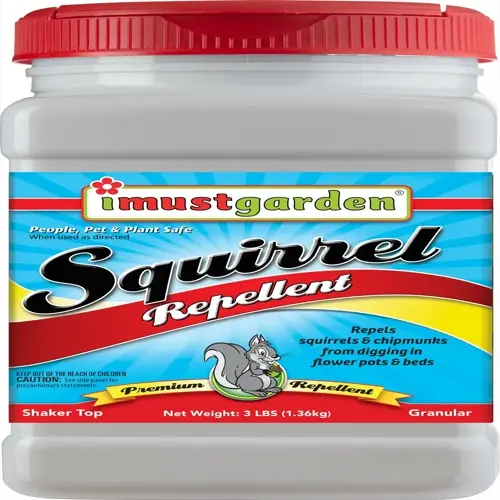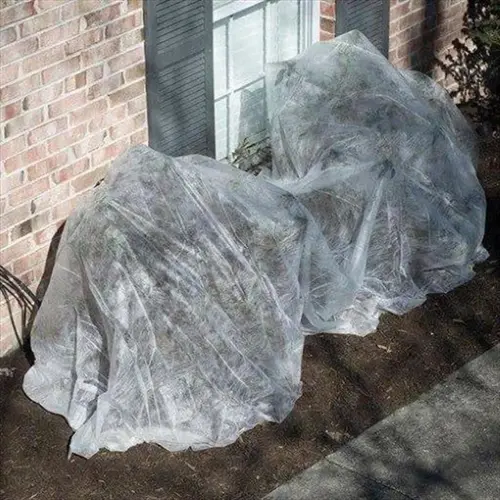Can neglected fruit trees be restored through pruning?

Written by
Benjamin Miller
Reviewed by
Prof. Samuel Fitzgerald, Ph.D.No question, neglected fruit trees can be brought back to fruition using a methodical approach of renovation pruning. This organized approach can revitalize years of overgrowth within the space of three seasons, allowing the tree to adapt without stress. I've restored apple trees over a century old with this strategy. The right time and method close the gap on years of decay, allowing the tree to rebuild its structure as it becomes productive again.
Structural Priorities
- Preserve main scaffolds unless severely damaged
- Identify potential new leaders during initial assessment
- Maintain balanced weight distribution across limbs
Regrowth Management
- Expect water sprouts - remove selectively each season
- Head back vigorous upright growth to outward buds
- Protect new growth from sunscald with whitewash
Nutrition Support
- Apply balanced fertilizer after spring growth begins
- Mulch with compost to rebuild soil microbiology
- Water deeply during summer drought periods
Pest Mitigation
- Apply dormant oil after winter pruning
- Monitor borers in stressed trees
- Install trunk guards against rodent damage
In year one, begin the restoration process by starting with deadwood removal. Cut back to healthy wood, revealing green cambium. Whenever possible, try to save productive fruiting spurs. Now, sterilize your tools AFTER EVERY CUT to eliminate potential spread of disease. This first cleanup will reveal the tree's skeleton, or pattern, and its health potential.
The height reduction is performed in the second year, when the tree naturally repairs itself. Main scaffolds should be shortened, making collar cuts properly. Don't remove more than 25% of living wood per year. I prefer to select new leaders from an existing branch rather than a water sprout. This preserved the tree's natural structure, allowing for better light penetration.
In the third year, the final canopy balancing is done. Remove crowded branches with collar- aligned cuts. Lay out branch angles at 45°-60 ° for added strength. Multi-year restoration approach eliminates sunscald damage to previously shaded bark. The majority of trees begin to produce quality fruit during this final phase of restoration.
Trees that have been restored usually are 80% productive after five years. They develop stronger configurations than the neglected trees. Ongoing care will increase the success of recovery. I have seen trees producing good harvests for decades after a restoration plan was executed.
Read the full article: Pruning Fruit Trees: 10 Essential Steps

